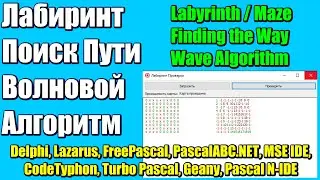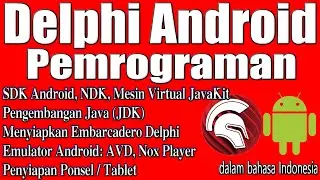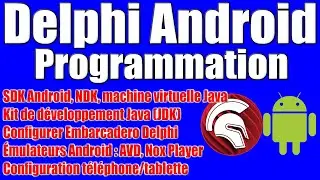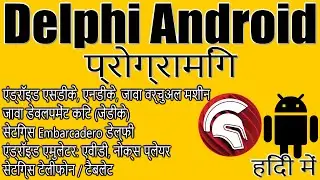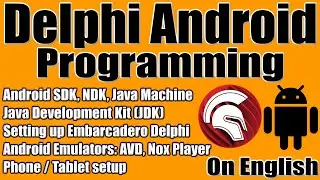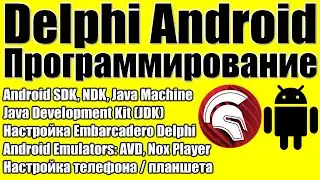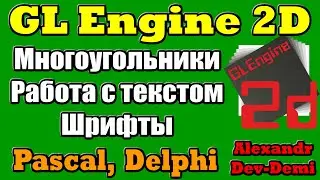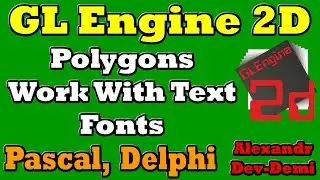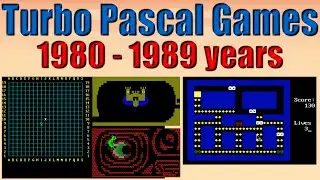TileEngine 2D Retro Game Engine / Free Open Source / C, C++, C#, Python, Pascal, FreeBasic, Java
Site: http://www.tilengine.org/index.htm#ex...
Download: https://megamarc.itch.io/tilengine
Pascal: https://github.com/turric4n/PascalTil...
Python: https://github.com/megamarc/PyTilengine
C#: https://github.com/megamarc/CsTilengine
Code: https://github.com/megamarc/Tilengine
Documentation: http://www.tilengine.org/doc/index.html
Commercial Help: [email protected]
Yotube Channel: / @tilengine5217
Iruka Software: / @irukasoftware
Donate TileEngine: https://www.paypal.com/donate?token=d...
Youtube: / @sokovito
Discord: / discord
Icq: 620163142
VK: https://vk.com/sokolovdelphi
Telegram: https://t.me/Sokovito
Facebook: / 664468363641045
Odnoklassniki: https://ok.ru/group/54720684752915
Поддержать канал (Donate):
http://www.donationalerts.ru/r/armag
Tilengine is an open source, cross-platform (framework) graphics engine for 2D graphics with true bitmap effects and animations for retro / classic game development. Works with tiled backgrounds, sprites and palettes. The game engine was released in 2015 and is still in development. Engine developer: megamarc.
The engine is written in portable C (C99). Focused on developing games in retro style of 16-bit systems such as Super Nintendo or Sega Genesis / Mega Drive. Distributed under the Mozilla Public License 2.0 (that is, you can use it even in commercial closed source projects for free). The interface language is in English.
I propose to consider the features of this game engine.
The game engine supports the creation of 2D games of any genre.
The source code of the game engine is open source and freely distributed.
Tile engine supports the following programming languages: C, C ++, C #, Python, Pascal, FreeBasic and Java.
The game engine is cross-platform. Builds are available for the following operating systems: Windows (32/64), Linux PC (32/64), Linux ARM (Raspberry Pi, BeagleBone), Mac OS X.
The compact API is designed to be easy to learn. But it also delivers impressive results with very few lines of code. Integrates into any existing framework as a sub-renderer.
High performance. Tilengine is high speed native code. All samples run at 60fps with CRT emulation enabled on the Raspberry Pi 3.
Has built-in SDL based windowing for quick tests with optional CRT emulation
It is possible to download resources from open standard file formats or AES encrypted packages. Works with tmx map files that are created and exported in LDtk and Tiled programs.
Procedural creation or modification of graphic resources at runtime is supported.
Allows to implement true bitmap effects based on changing scanline rendering parameters. It can scale and rotate the background layer, scaling sprites, has several blending modes for layers and sprites, as well as calculating their collisions with each other, scrolling the game world relative to the game character, work with maps and sets of sheets and sprites, work with color using the palette and use bitmaps and you can create effects for them. Physically, the engine detects collisions with pixel precision between sprites and sprites and sprites against the background of the tilemap.
Several types of blending are available for transparency, lighting or shadow effects on layers and sprites. Pre-made special effects and retro effects are available: column offset, mosaic, pixel offset, CRT simulation. Scaling sprites, rotating and scaling any layer like SNES Mode-7 and Sega SuperScaler.
There is a built-in sprite animation engine that allows complex loops.
There is support for multiplayer
The engine developer also provides commercial support, or you can use the community forum. The engine community is large enough, so there are tutorials, documentation, game templates and examples of use. You can also find detailed documentation on the official website of the game engine.
Engine setup consists of three main steps:
Initialization - basic engine tuning and error handling.
Using the inline window.
External rendering - integration into the host environment.
In addition to the pluses, each project has its minuses. For example, the TileEngine game engine supports only 2D graphics, and pixel graphics due to raster images (for example, in bmp format). But the game engine was originally focused on such graphics. Ready-made engine assemblies for different languages are paid and cost $ 5 each. Therefore, for free, users have to manually assemble the engine for themselves.
But in general, this game engine certainly has potential. And as long as there are fans of pixelated retro games, there will be a demand for game engines of this format.
Watch video TileEngine 2D Retro Game Engine / Free Open Source / C, C++, C#, Python, Pascal, FreeBasic, Java online, duration hours minute second in high quality that is uploaded to the channel Sokovito Games 02 October 2021. Share the link to the video on social media so that your subscribers and friends will also watch this video. This video clip has been viewed 1,257 times and liked it 31 visitors.















